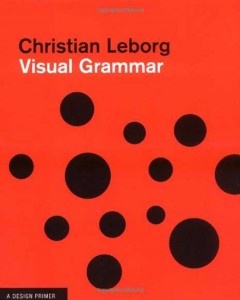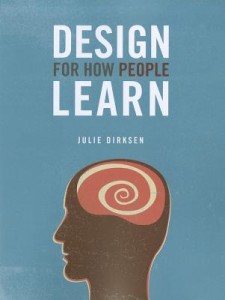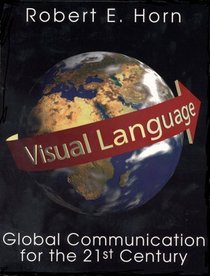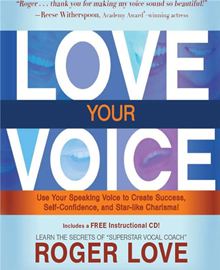5 non-presentation books every webinar presenter and trainer should read
The world of books on presentations, presenting, and classrooms doesn’t have a monopoly on the all the “good stuff.” Your strategy is to grow in your ability to be a rockstar in webinars, webcasts, and/or virtual classrooms. Among the hidden gems I’d recommend are…
Visual Grammar – Christian Leborg
As John Medina lays out eloquently in Brain Rules, vision trumps everything else. Visual Grammar elegantly teaches the essential building blocks.
Big idea in Leborg’s own words:
“Every day we’re confronted with vast amounts of visual messages, but without a basic understanding of visual language many of these messages remain incomprehensible to us, and a productive dialogue between producers and consumers of visual cannot take place.”
Why buy and grow:
Learn to better make meaning by understanding the essentials about concrete objects and structures, abstract objects and structures, activities, and relations.
Design for How People Learn – Julie Dirksen
Even if you’re not a trainer, Dirksen’s new book (2012) is a killer treatise on getting inside the brain of your audience and motivating change.
Big idea in Dirksen’s own words:
“Are the following statements true or false?
- If you teach someone about how smoking is bad for them, they’ll stop smoking.
- If someone goes to a management training class, they’ll be good managers.
Did you think any of those statements were completely true? No, of course you didn’t, because there are a lot of complicating factors that influence whether a person succeeds or not.”
Why buy and grow:
Get better at designing for knowledge, skills, and motivation.
Two different surveys I’ve done (more than 1000 people surveyed) have indicated that voice is more important in a virtual presentation or classroom than when face-to-face. From celebs to politicians, Love’s done a lot of coaching, and this approachable book includes an audio CD.
Big idea in Love’s own words:
“Remember, whether you’re living in Beverly Hills or in a trailer at the bottom of a hill, life doesn’t exist without communication. When you open your mouth and sound comes out, the people who hear it instantly start making value judgments about you: Are you rich? Intelligent? Powerful? Educated? Interesting? …Or are you a total bore and waste of their time and energy? At that moment, how you sound, is really all that matters.”
Why buy and grow:
You can’t change the voice you were born with, but you can change how well you use the voice you were born with.
(Warning…gentle self promo ahead) Love Your Voice teaches mechanics and technique…he doesn’t cover other parts of presenting such as impacting memory or use of transitions linguistically.
Visual Language: Global Communication for the 21st Century – Robert E. Horn
Heady-but-absolutely-fascinating, Visual Language starts out philosophically (arguing that visual language is actually a new language as a history of humankind goes) and ends up quite pragmatically (you’ll learn a ton that you can use).
Big idea in Horn’s own words:
“Text, images, or shapes alone are not visual language. Integration of words, images, and shapes is visual language. Because of the development of graphic computer tools, we don’t have to be skilled artists to use visual language. With these tools and few hours of training, visual language can be “spoken” by anybody.”
Why buy and grow:
Evolve past words and visuals being dis-integrated, past being a decorator to being a communication designer.
How to Lie with Statistics – Darrell Huff 
Orginally written in 1954, Huff’s a non-statistician whose humorous style makes for an easy read about communicating, albeit about statistics. Classic, still useful.
Big idea in Huff’s own words:
“This book is sort of a primer in ways to use statistics to deceive. It may seem altogether too much like a manual for swindlers. Perhaps I can justify it in the manner of the retired burglar whose published reminiscences amounted to a graduate course in how to pick a lock and muffle a footfall: The crooks already know these tricks; honest men must learn them in self-defense.”
Why buy and grow:
Get better at seeing the story in data. Avoid invalidating your own credibility.
What about you? What’s your favorite non-presentation book?


Barrett Rossie
Roger, thanks for the list. What an interesting list, I’m heading right over to Amazon!
Katie Stroud
You should post more of these lists. Finding a useful presentation book outside of the typical presentation search is not always so easy to do.
I especially like the “How to Lie with Statistics” book. Makes me think of “The Screwtape Letters.” Sometimes looking at the dark side makes the light side that much brighter.
Take care, Roger.
Katie